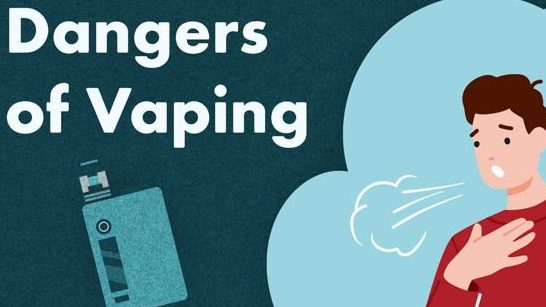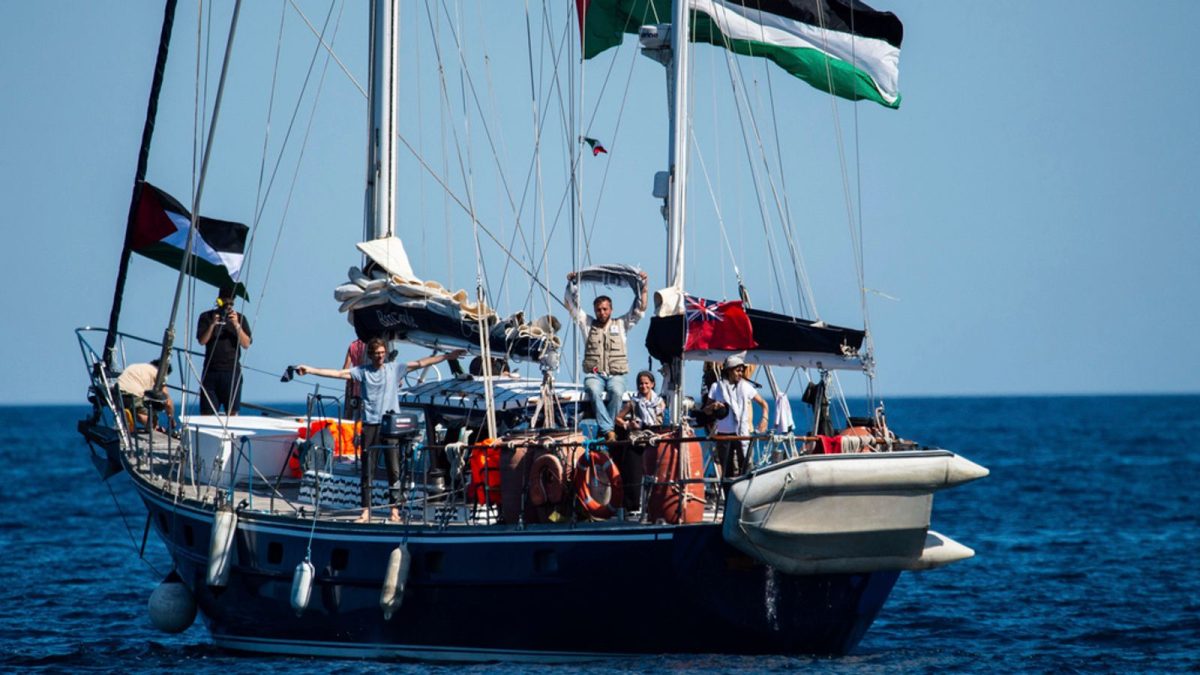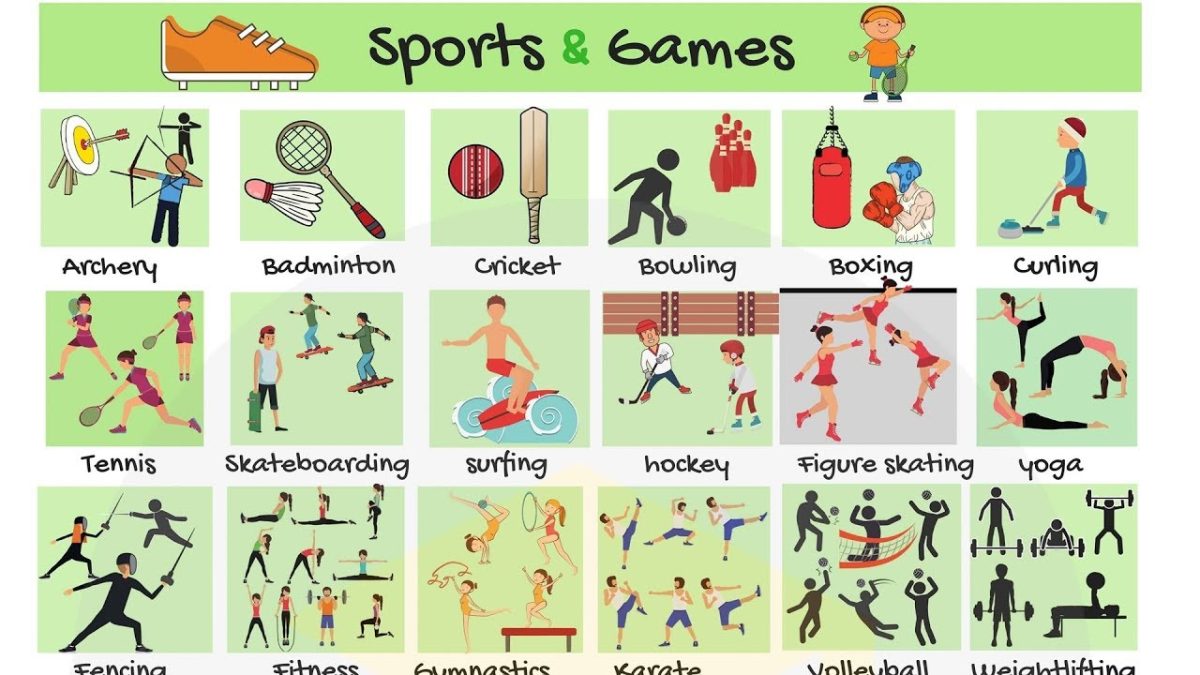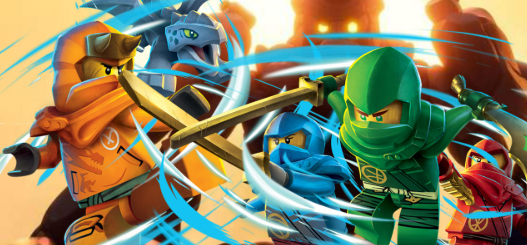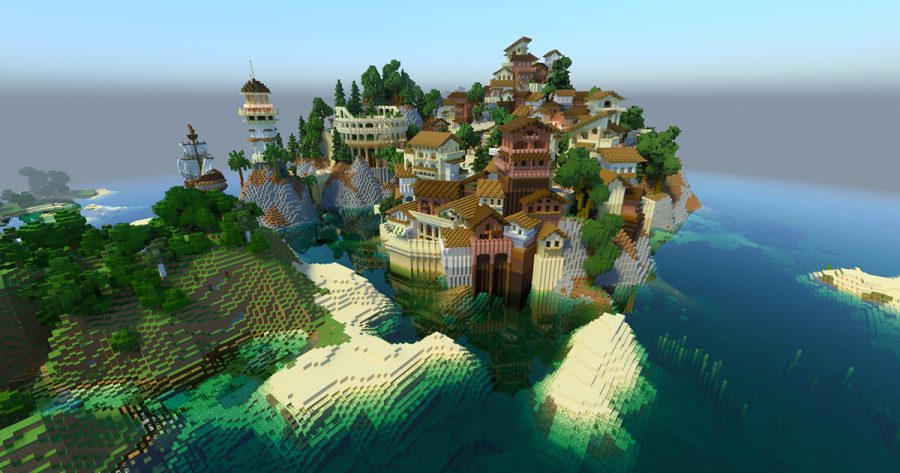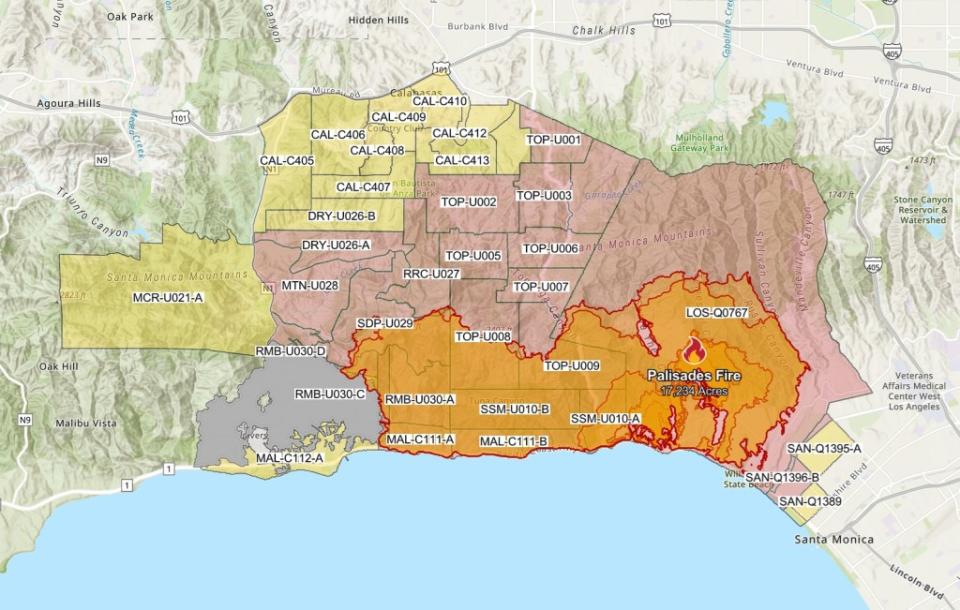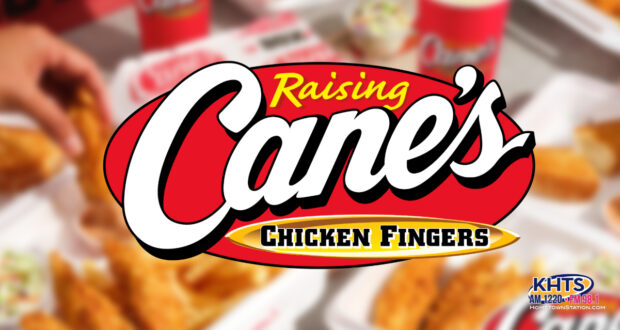The United States Marine Corps is considered the tip of the spear in America’s military. When called upon by the Commander-in-Chief, the President, Marines are tasked with the toughest job; punching a hole into the enemy. This means that the Marines always go in first–always are outnumbered–and are always asked to hold territory until reinforcements arrive (Army, Navy, Air Force, and Coast Guard). It was the Marines at Iwo Jima who took the island in 36 days, losing over 24,000 men in the process. Marine boot camp is a 4-phase process. This is for the best results and a stronger Marine.
It creates the fundamentals necessary for a United States Marine Corps. The process starts with recruiters looking for people with traits like bravery, courage, and selflessness. This recruiting strategy makes sure they only have the strongest soldiers.
PHASE 1: The Recruiter drops off Marines at MEPs (military entrance processing stations) the night before. Recruits get on a plane or bus, and their destination is usually Sandiego or Pairs Island. Then recruits will wait for a few hours and grab everyone at once via bus, their destination being the depot. Afterward, the Marines get off the bus. Before getting onto the base, they make recruits put their heads down so they can’t see. Then, after getting off the bus, Marines walk over to the yellow footprint where drill instructors yell commands. Then recruits get sat downat a desk. Afterward, they are put in a holding area where they get processed. This is also where recruits make their phone call home. Marines must say statements like, “I have arrived safely at Parris Island; pleasedo not send any food or bulky items. I will contact you in 7 to 10 days via postcard with my new mailing address.you for your support.” Then the recruits complete paperwork, receive haircuts, are issued uniforms and gear, undergo medical evaluations, and take their initial strength test to ensure they are prepared for training. During training, they are issued the M16a4 the marine say ” The M16A4 Service rifle and the M4 Service Carbine (M4 Service Carbine is the TO issue weapon for Corps

men), are 5.56mm, magazine-fed, gas-operated, air-cooled, shoulder-fired weapons that can be fired either in automatic three-round bursts or semiautomatic single shots”(Marine Corp pfd). Recruits familiarize themself with this weapon before ever loading a round. Marines are taught weapons safety. Lastly, Marines are trained in unarmed combat, edged weapons, weapons of opportunity, and rifle and bayonet techniques. This teaches response uses of force, leadership, teamwork, and character development.
PHASE 2: Marines are also taught to obey orders immediately and in the correct manner. This is called a close-order drill, it’s one of the fundamentals of the corps. Then, Marines do an initial strength test, the basics of which are pull-ups, push-ups, a run, and a plank. The requirements are 3 pull-ups and 34 push-ups with a 2-minute time limit,
A one-and-a-half-mile run in under 13:30 minutes (for females, the time limit is 15:00 minutes). Another requirement is 40-second planks. PFT or physical fitness tests also evaluate stamina and physical conditioning. This includes three parts: pull-ups or push-ups, plank pose, and a three-mile run. Males also have to complete a three-mile run in 31 minutes or less. Recruits also have to get “into MCMAP,” which is hand-to-hand combat, the combat mindset, and combat conditioning, which teaches Marines the skills required in unarmed combat.
PHASE 3: Then, there is a transition into phase 3. First, recruits have a water combat survival test. The purpose is to test both cadets and build their confidence and water survival skills. Before this, all cadets are required to possess a certain water survival skill (all cadets participate in combat water survival training). There is a combat fitness test that can consist of three parts; these are movement to contact, ammunition lift, and maneuver under fire. The movement to contact is a form of offense designed to develop the situation and to establish or regain contact. Thirdly there’s ammunition lift. This is where cadets must lift a 30-pound ammunition can overhead, until elbows lock out or extend fully. The goal of this is to lift as many times in a set amount of time as possible. Lastly, in the combat fitness test is the maneuver under fire; the Maneuver Under Fire is a 300-yard course that combines a variety of battle-related challenges, including crawls, ammunition resupply, grenade throwing, agility running, and the dragging and carrying of another Marine. In summary, recruits are taught Academic instruction. Cadets are taught Marine Corps knowledge, customs, and courtesies.
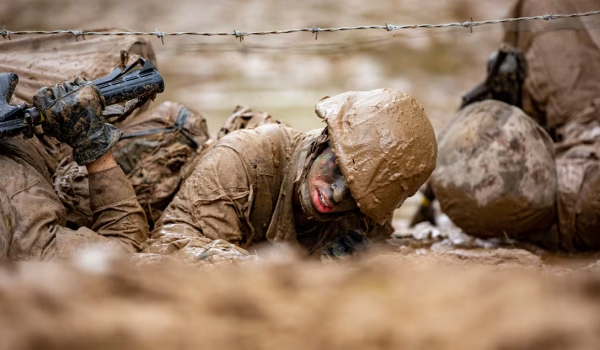
PHASE 4: Afterwards in phase three, cadets learn the fundamentals of Marksmanship Training: aiming, stability of hold, breath control, trigger control, and follow through. These techniques set a recruit up to be able to effectively utilize their rifle in combat. Before shooting starts, recruits first learn to get into position under pressure quickly. In marksmanship training, recruits take turns trying to shoot far-away targets. These Targets give them full feedback on what level they’re currently at. Next is basic warrior training. In basic warrior training, Marines learn basic survival skills and basic combat skills. This allows Marines to be able to survive in rough conditions and situations. For example, recruits learn how to use camouflage, how to use a topological map, and how to be a combat hunter, meaning they can observe their surroundings to be able to tell if there are any enemies nearby. Recruits also learn how to read hand signals and individual movement techniques.
PHASE 5: The second part of phase 3 is the crucible, which is one of the hardest parts of Marine training. In the crucible, recruits wake up at 2 am to do your morning 6-mile hike. The marines will have on a flat jacket a rifle and 40 pounds of stuff trainees will need during the 54-hour event. The crucible starts at 200, meaning recruitsonly have 4 hours of sleep prior to the event. During the Crucible, a marine will also have to march a total of 45 miles with extreme sleep and food deprivation. The crucible tests a marines ability to perform under stressful and extreme conditions, and it increases the bond between marines and their partners.
PHASE 4 : Then its phase 4 which is the final phase of the Marines including the Academic examination, the final uniform issue, standardized training requirements, and graduations. Then Academic examinations: The second step is the academic examinations. In the academic examinations, one of the things Marines do is write about what they have been taught in the Marines. They are also tested in

many different fields of knowledge required for the Marines. For example, history, tactics, weapons performance, compass courses, and other general military subjects. This helps recruits and real situations in combat for example knowing where to go and different strategies of winning. Also, before recruits graduate, recruits have a quick talk with higher-ups. Final Uniform Issue: Phase 4 is the final phase, and the first step is the Final Uniform Issue. The final uniform issue is the part of the Marine boot camp where everyone receives their uniforms. The Uniforms depend on the roles of the Marines. An example according to the Marines’s official website is, “The Marine Corps Combat Utility Uniform, or “cammies,” is the standard uniform Marines wear in garrison, during training, and while deployed overseas.” After all of these grueling steps, the final step is graduation in which recruits become a newly established marine.
CONCLUSION: Marines are some of the most elite fighters and warriors, and becoming one is no easy task. After all of these struggles, recruits can finally become a marine after the trials, the hikes, the runs, the lack of food, and the extreme physical requirements. Recruits have conquered all the tasks needed to become a marine that many have failed. Recruits have faced the challenges and can now become a marine, the tip of the spear.


